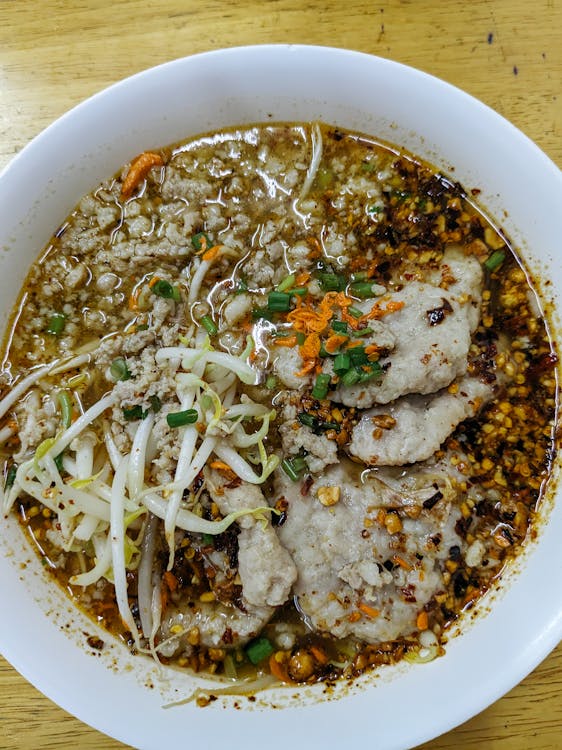Introduction: In the world of culinary delights, few dishes evoke the same universal adoration as pho. This Vietnamese noodle soup has transcended borders to become a beloved comfort food cherished by people around the globe. Its rich, aromatic broth, tender rice noodles, and an array of fresh herbs and toppings create a symphony of flavors that captivates the senses and warms the soul. Join us on a journey through the origins, ingredients, preparation, and cultural significance of this iconic dish tipsblog.de/.
Origins and Evolution: Pho traces its roots back to the early 20th century in northern Vietnam, although its exact origins are somewhat shrouded in mystery. Some believe it originated from French colonial influence, drawing inspiration from pot-au-feu, a traditional French beef stew. Others suggest it evolved from Chinese noodle soups brought by immigrants to Vietnam. Regardless of its precise beginnings, pho quickly became a staple of Vietnamese cuisine, spreading throughout the country and eventually beyond its borders.
Ingredients: At the heart of every bowl of pho is its broth, simmered for hours to extract maximum flavor from a combination of beef or chicken bones, charred onions, ginger, and a secret blend of aromatic spices such as star anise, cinnamon, and cloves. The result is a fragrant, clear broth that forms the foundation of the dish’s distinctive taste.
Accompanying the broth are delicate rice noodles, typically blanched briefly before being added to the steaming bowl. Thinly sliced beef or chicken is then layered on top, cooking gently in the hot broth. Pho is often served with an assortment of fresh herbs and garnishes, including Thai basil, cilantro, bean sprouts, lime wedges, and sliced chili peppers, allowing diners to customize each spoonful to their liking.
Preparation: While the ingredients of pho may seem simple, its preparation is an art form requiring time, patience, and precision. The key lies in achieving the perfect balance of flavors in the broth, achieved through slow and careful simmering. Each chef may have their own unique twist, whether it’s the ratio of spices in the broth or the specific toppings offered alongside the finished dish.
Cultural Significance: Beyond its culinary appeal, pho holds deep cultural significance for the Vietnamese people. It is a dish that brings families and communities together, often enjoyed as a communal meal shared around a bustling street food stall or kitchen table. In Vietnamese households, the recipe for pho is often passed down through generations, with each family adding their own touches and traditions to the dish.
Moreover, pho has become a symbol of Vietnamese identity on the global stage, representing the country’s rich culinary heritage and cultural diversity. Its popularity abroad has led to countless variations and interpretations, from vegetarian pho to fusion creations featuring unexpected ingredients.
Conclusion: In a world filled with culinary treasures, pho stands out as a shining example of the power of food to unite, comfort, and delight. Its aromatic broth, tender noodles, and fresh garnishes create a sensory experience that transcends language and borders. Whether enjoyed on a bustling street corner in Hanoi or at a trendy noodle bar halfway around the world, a steaming bowl of pho is sure to leave a lasting impression on all who taste it


